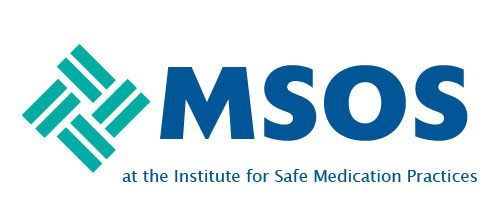Results of a healthcare transition learning collaborative for emerging adults with sickle cell disease: the ST3P-UP study transition quality improvement collaborative
Individuals with sickle cell disease (SCD) experience poor clinical outcomes while transitioning from paediatric to adult care. Standards for SCD transition are needed. We established a Quality Improvement (QI) Collaborative that aimed to improve the quality of care for all young adults with SCD by establishing a standardised SCD transition process. This study evaluates the implementation of the Six Core Elements (6CE) of Health Care Transition, which was a fundamental component of the cluster-randomised Sickle Cell Trevor Thompson Transition Project (ST3P-UP) study.
MethodsA central QI team trained 14 ST3P-UP study sites on QI methodologies, 6CE and Got Transition’s process measurement tool (PMT). Site-level QI teams included a transition coordinator, clinic physicians/staff, patients/parents with SCD and community representatives. Sites completed the PMT every 6 months for 54 months and monthly audits of 10 randomly-selected charts to verify readiness/self-care assessments and emergency care plans.
ResultsOf a possible 100, the aggregate mean (±SD) PMT score for paediatric clinics was 23.9 (±13.8) at baseline, 95.9 (±6.0) at 24 months and 98.9 (±2.1) at 54 months. The aggregate mean PMT score for adult clinics was 15.0 (±13.5) at baseline, 88.4 (±11.8) at 24 months and 95.8 (±6.8) at 54 months. The overall QI Collaborative PMT score improved by 402%. At baseline, readiness/self-care assessments were current for 38% of paediatric and 20% of adult patients; emergency care plans were current for 20% of paediatric and 3% of adult patients. Paediatric clinics had one median readiness assessment shift (76%) and four median emergency care plan shifts (65%, 77%, 79%, 84%). Adult clinics experienced three median self-care assessment shifts (58%, 63%, 70%) and two median emergency care plan shifts (57%, 70%).
ConclusionsThe ST3P-UP QI Collaborative successfully embedded the 6CE of Health Care Transition into routine care and increased administration of assessments and emergency care plans for transition-aged patients with SCD.
